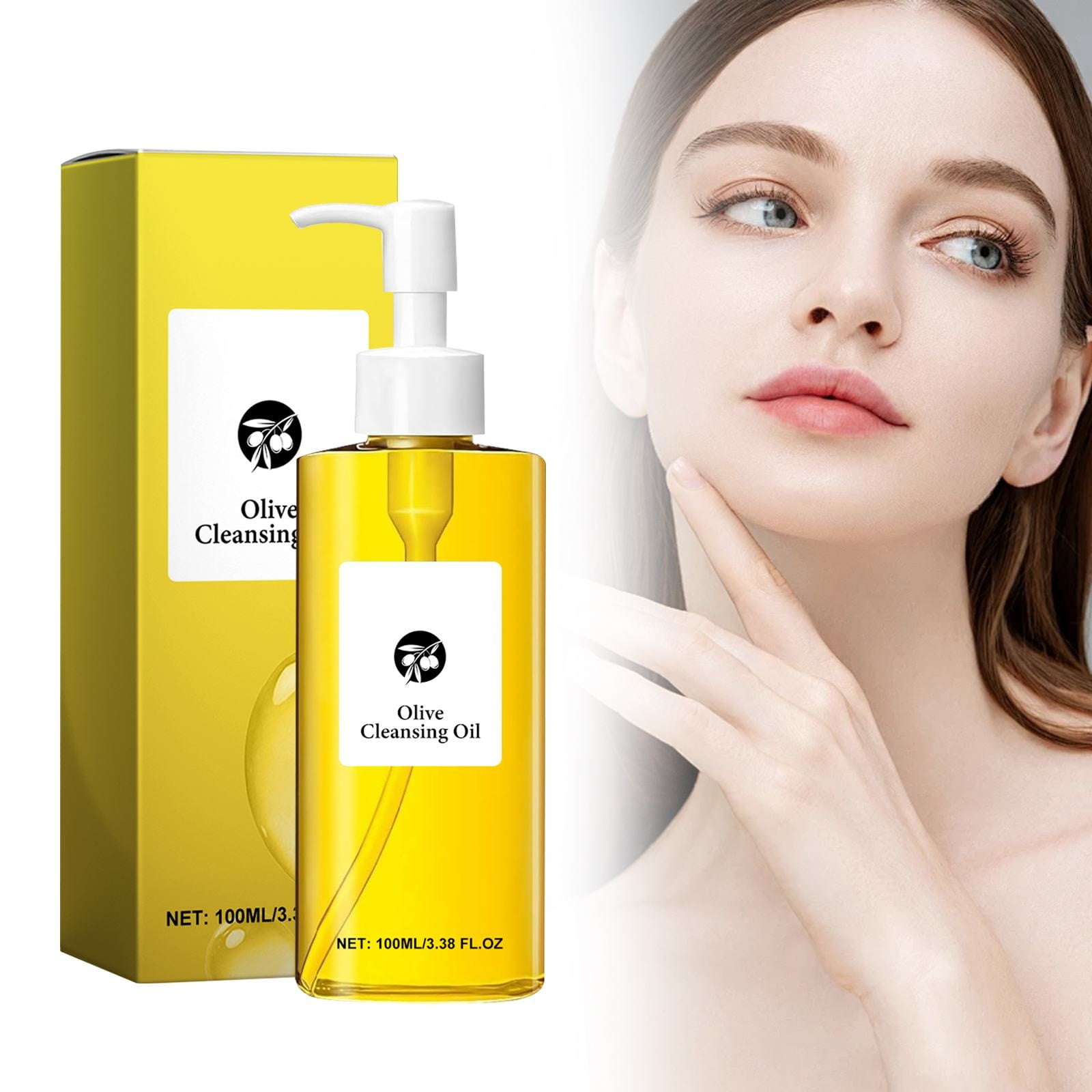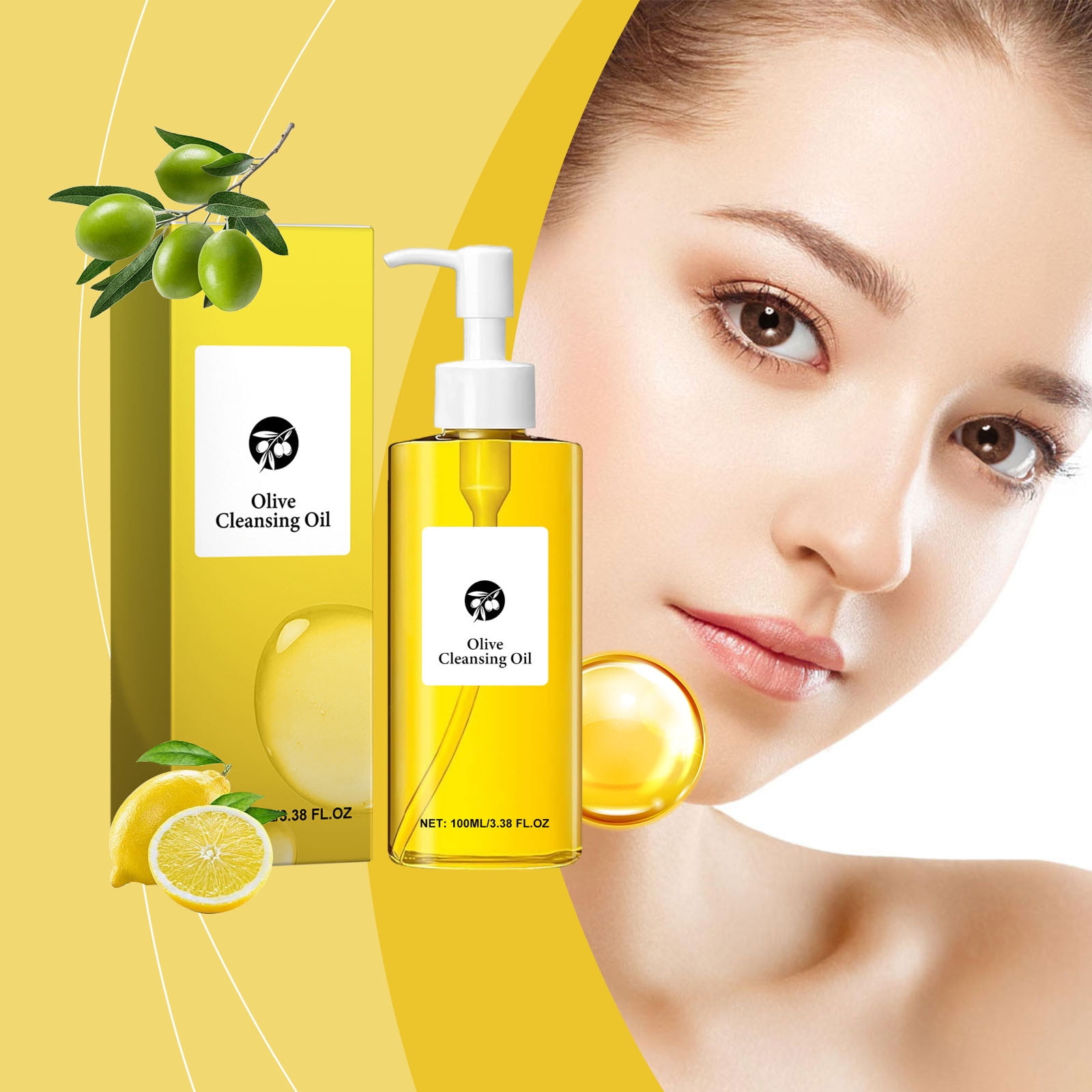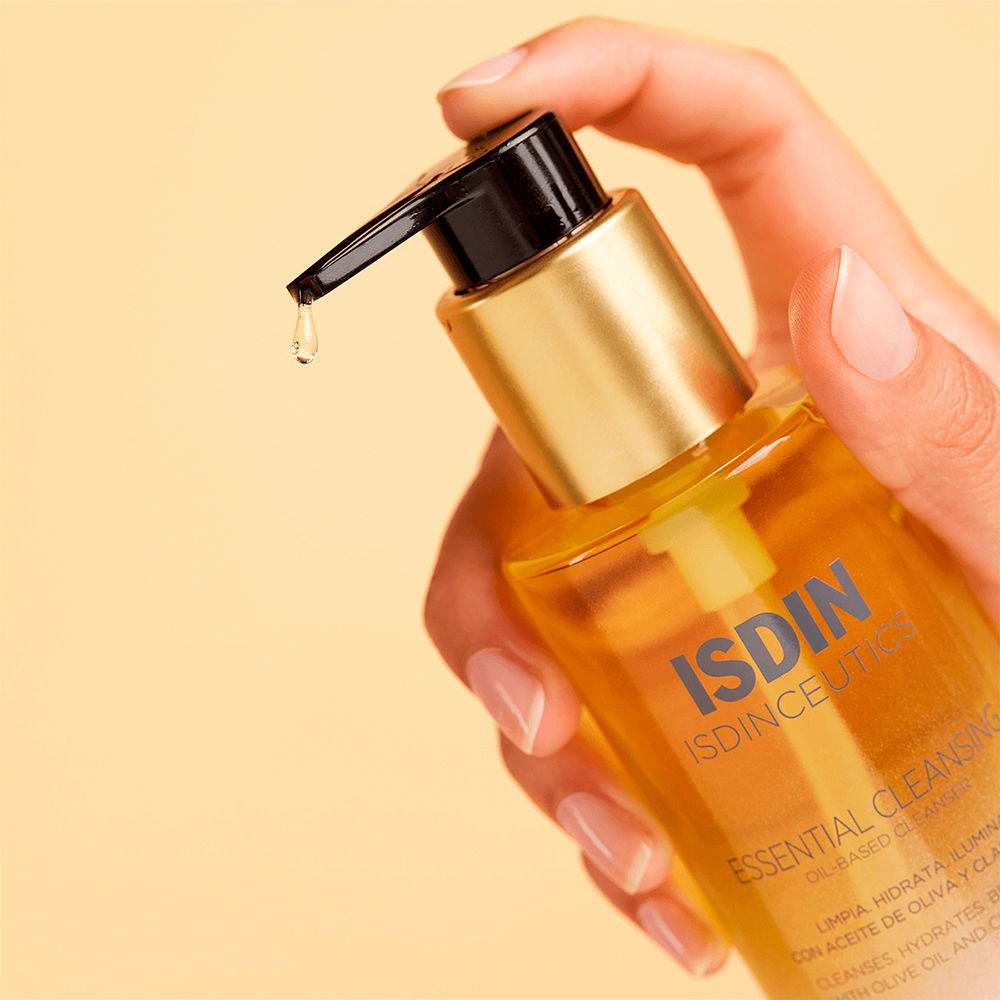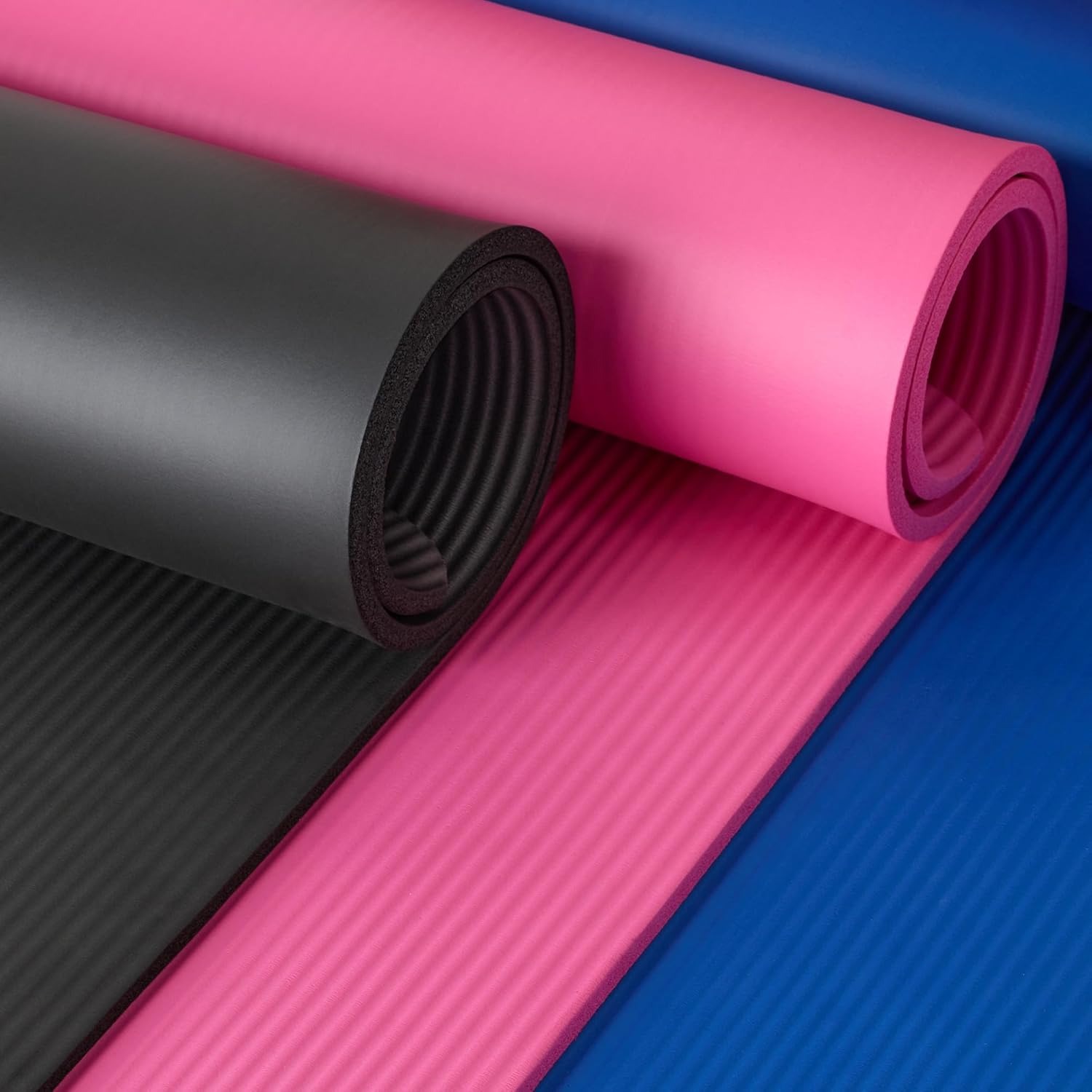Benefits of Olive Oil in Skin Care
Olive oil does wonders for the skin. Its natural properties have made it a popular choice for those looking to enhance their skincare routine. Here’s why olive oil facial cleanser should be on your radar when it comes to skin care:
Rich in Antioxidants
Olive oil is full of antioxidants, such as vitamin E, polyphenols, and phytosterols. These antioxidants help to protect the skin from environmental stressors that can lead to premature aging.
Moisturizing Qualities
The hydrating effect of olive oil is one of its standout benefits. It penetrates deeply into the skin, providing long-lasting moisture that doesn’t feel heavy or greasy.
Non-comedogenic
Contrary to some beliefs, olive oil is non-comedogenic, meaning it won’t clog your pores. This makes it an excellent option for a facial cleanser, as it can help maintain clear skin.
Suitable for Sensitive Skin
For those with sensitive skin, olive oil is a gentle alternative to some harsher cleansers. It has soothing properties that can help to reduce inflammation and calm irritated skin.
Enhances Skin Repair
Olive oil supports skin repair due to its essential fatty acids and squalene content. These elements help to restore the skin’s natural barrier, promoting a smoother, more even complexion.
Incorporating an ‘olive oil facial cleanser’ into your daily routine can help harness these benefits. Its use can lead to glowing skin, with an improved texture and overall health. Remember to keep the keyword density within the recommended 2% to 3% for optimal SEO performance.
Key Ingredients for Olive Oil Facial Cleansers
Creating an effective olive oil facial cleanser requires more than just olive oil. It is essential to combine it with other ingredients that enhance its benefits and provide a balanced cleansing experience. Here are some key ingredients you can consider including:
Natural Oils for Boosted Hydration
Besides olive oil, other natural oils like coconut oil, almond oil, or jojoba oil can be added. These oils can increase the cleanser’s hydrating powers. They also contribute different nutrients and benefits for the skin.
Essential Oils for Therapeutic Properties
Essential oils add fragrance and therapeutic properties to your facial cleanser. Lavender oil soothes the skin, while tea tree oil can provide antibacterial benefits. Use essential oils sparingly as they are potent.
Aloe Vera for Soothing Relief
Aloe vera is known for its calming effects on the skin. Incorporating it into your olive oil facial cleanser can help soothe irritation and redness, making the cleanser a great fit for sensitive skin types.
Honey for Natural Antiseptic Qualities
Honey is a natural antiseptic and humectant. Including honey in your cleanser can help to fight off bacteria while also keeping your skin moisturized and soft.
Castile Soap for a Gentle Lather
For those who prefer a bit of lather in their cleanser, castile soap is an excellent addition. It is gentle on the skin and helps remove dirt without stripping the skin’s natural oils.
When selecting ingredients, consider the quality and purity to avoid any adverse reactions. Each ingredient should complement the olive oil and not overpower its benefits. Incorporating these key components can lead to a nourishing olive oil facial cleanser that leaves the skin clean, soft, and glowing.

Simple Olive Oil Cleanser Recipe for Beginners
If you’re new to using olive oil in your skin care, starting with a simple recipe is key. Here’s a beginner-friendly olive oil facial cleanser recipe that will leave your skin refreshed and nourished.
Ingredients You’ll Need:
- 1/4 cup of extra virgin olive oil
- 2 tablespoons of coconut oil
- 1 tablespoon of castile soap
- 5 drops of lavender essential oil (optional for scent and soothing properties)
Instructions to Follow:
- Start by mixing the olive oil and coconut oil in a bowl. These oils form the base of your cleanser and provide deep hydration.
- Next, add the castile soap to the oil mixture. This creates a gentle lather that will help cleanse your skin.
- If you choose, add the drops of lavender essential oil for a calming effect and a pleasant fragrance.
- Stir all ingredients together until you have a well-combined mixture.
- Transfer your olive oil facial cleanser to a clean bottle or jar for easy use.
- To use, gently massage a small amount onto your damp face, then rinse with warm water. Pat your face dry with a soft towel.
This recipe is straightforward and easy to make, with ingredients that are readily available. It’s perfect for those who want to start incorporating olive oil into their beauty routine. With this simple recipe, you can achieve glowing skin without any harsh chemicals. Remember, the keyword ‘olive oil facial cleanser’ should be well-adjusted within the text to help enhance SEO effectiveness.
Customizing Your Olive Oil Cleanser for Different Skin Types
Olive oil facial cleansers can be personalized to fit different skin types. This customization ensures that your skin reaps all the olive oil benefits without adverse effects. Here’s how you can tweak the olive oil facial cleanser formula for your skin type:
For Oily Skin
If you have oily skin, consider a blend that’s lightweight and balancing. You could add witch hazel or aloe vera gel. These ingredients help to regulate sebum production. Use fewer oils in the base to prevent adding extra oiliness to the skin.
For Dry Skin
Those with dry skin should focus on extra hydration. Add more olive oil and maybe a teaspoon of glycerin. These help lock in moisture and reduce dryness. You can also include almond oil, which is also known for its moisturizing properties.
For Combination Skin
For combination skin, the key is balance. Add a bit of witch hazel for areas that are oily and glycerin for dry zones. This way, your cleanser meets the needs of both skin types.
For Sensitive Skin
Sensitive skin types need gentle, soothing ingredients. Add chamomile or calendula extracts to calm the skin. Reduce any potential irritants, and ensure essential oils are used in minimal amounts or left out altogether.
For Normal Skin
Those with normal skin can stick to the base recipe mentioned earlier. You might add a small amount of jojoba oil, as it most closely mimics the skin’s natural oils.
Always patch test your customized cleanser to ensure your skin reacts positively. Make changes gradually and pay attention to how your skin feels and looks. With careful adjustment, you can create the perfect olive oil facial cleanser tailored just for you.

How to Use Olive Oil Cleansers for Best Results
To get the best results from your olive oil facial cleanser, you should follow some simple guidelines. We’ll show you how to use it effectively. This way, you can enjoy all the benefits olive oil has to offer for your skin.
Start with a Clean Face
Before applying the cleanser, make sure your face is free of makeup or dirt. You can use a separate makeup remover or just rinse your face with warm water.
Apply with Gentle Massage
Pour a small amount of the olive oil cleanser into your palm. Rub your hands together to warm up the oil. Massage it onto your face in a circular motion. This process helps the cleanser to penetrate into your pores and lift away impurities.
Use Warm Water for Rinsing
After massaging the cleanser, rinse your face with warm water. Warm water helps to remove the oil more effectively than cold water.
Don’t Overuse
Use the olive oil facial cleanser once or twice a day, depending on your skin’s needs. Overusing can lead to imbalance in your skin’s natural oil production.
Follow with a Moisturizer
After cleansing, while your skin is still damp, apply a moisturizer. This will help to lock in moisture and keep your skin hydrated.
Adjust as Needed
Monitor your skin’s response to the olive oil cleanser. Adjust the frequency of use or the ingredients of your cleanser as necessary.
By following these steps, you’ll maximize the effectiveness of your olive oil facial cleanser. Aim for that radiant glow with regular use, mindful of the keyword density for ‘olive oil facial cleanser’ to maintain good SEO practices.
Troubleshooting Common Issues with Olive Oil Cleansers
When you start using an olive oil facial cleanser, you may encounter some common issues. But don’t worry—most are easy to resolve. Let’s look at some issues and their solutions.
Experiencing Breakouts?
If you notice breakouts after starting your olive oil cleanser, re-evaluate your formula. Your skin could be reacting to a specific ingredient. Try simplifying your blend or removing non-essential items.
Cleanser Feels Too Heavy
Does the cleanser leave your skin feeling greasy? You might be using too much oil. Cut back on the quantity or consider adding a lighter oil, like jojoba, to your mix.
Cleanser Not Removing Makeup
If makeup remains after cleansing, increase the castile soap proportion in your recipe. This should enhance the cleansing power without stripping skin’s natural oils.
Eyes Irritated by Cleanser
Sensitive areas, like your eyes, could get irritated. If that happens, ensure you’re not including harsh essential oils. Also, avoid direct eye contact when using the cleanser.
Cleanser Causing Dryness
For some, olive oil might not be enough to combat dryness. Try adding hydrating ingredients like glycerin or a bit more olive oil to give a moisture boost.
Skin Feels Tight After Use
A tight feeling suggests your skin barrier may be disrupted. Consider adding ingredients that promote skin repair, like squalene or vitamin E.
Remember, the key to solving most issues is adjusting the proportions. And always keep ‘olive oil facial cleanser’ adequately balanced in your content for SEO purposes.

Olive Oil and Acne: Myths and Facts
Many myths surround the use of olive oil for acne-prone skin. To clarify, let’s explore the myths and facts about olive oil and acne.
Myth: Olive Oil Causes Acne
A common belief is that olive oil causes acne by clogging pores. However, olive oil is actually non-comedogenic, which means it doesn’t clog pores. Its molecular structure allows it to penetrate the skin without leaving a heavy residue.
Fact: Olive Oil Can Help Moisturize Without Causing Breakouts
Olive oil provides deep hydration for the skin. Because it’s non-comedogenic, it moisturizes without contributing to acne. For people with dry or dehydrated skin, olive oil can be a beneficial addition to their skincare routine.
Myth: Olive Oil is Too Oily for Acne-Prone Skin
While olive oil is indeed an oil, it’s not necessarily harmful for oily or acne-prone skin. The key is to use it in moderation and to blend it with the right ingredients.
Fact: Olive Oil Contains Antioxidants That Can Benefit Acne-Prone Skin
The antioxidants in olive oil, such as vitamin E, can help to protect the skin from environmental damage and may reduce inflammation associated with acne.
Myth: Olive Oil Can Cure Acne
It’s important to note that olive oil is not a cure for acne. While it has benefits for skin health, treating acne often requires a holistic approach including diet, lifestyle, and proper skincare.
Fact: Olive Oil Can Be Part of a Balanced Skincare Regimen
When used properly, an ‘olive oil facial cleanser’ can be part of a balanced skincare regimen. It can cleanse and moisturize the skin without harsh chemicals often found in commercial products.
Remember, everyone’s skin is different. What works for one person might not work for another. Always patch test new products and monitor your skin’s reaction over time. And keep the keyword ‘olive oil facial cleanser’ present but within 2% to 3% density for SEO purposes.
Storing and Shelf Life of Homemade Olive Oil Cleansers
Caring for your homemade ‘olive oil facial cleanser’ extends beyond its creation. Proper storage is crucial for maintaining its quality and extending shelf life. Here are tips to help you store your DIY cleanser effectively:
Choose the Right Container
Select a container made of dark glass to shield your cleanser from light. This helps prevent the oils from going rancid. Also, make sure the container is airtight to protect the contents from contaminants.
Keep it Cool and Dark
Store your olive oil cleanser in a cool, dark place. A cabinet away from direct sunlight and heat sources is ideal. High temperatures can break down the oil and reduce the cleanser’s effectiveness.
Monitor Shelf Life
Homemade cleansers don’t have the preservatives found in commercial products. Generally, they should last for up to six months if stored properly. Ingredients such as essential oils may have their own shelf life which could affect the overall expiry date.
Watch for Changes
Be aware of changes in smell, color, or texture. These can signal that the oil is past its prime. If you notice any of these changes, it’s safest to discard the product.
Avoid Contamination
Use a spoon or spatula to scoop out the cleanser, rather than your fingers. This helps prevent bacteria from entering the mix.
Label Clearly
Always label your containers with the date of creation. This makes it easier to track how long you’ve been using your cleanser.
By following these guidelines, you’ll ensure your ‘olive oil facial cleanser’ remains fresh and effective for as long as possible. In terms of SEO, remember to maintain a suitable keyword frequency in your blog posts, keeping ‘olive oil facial cleanser’ prominent yet natural within the text.



